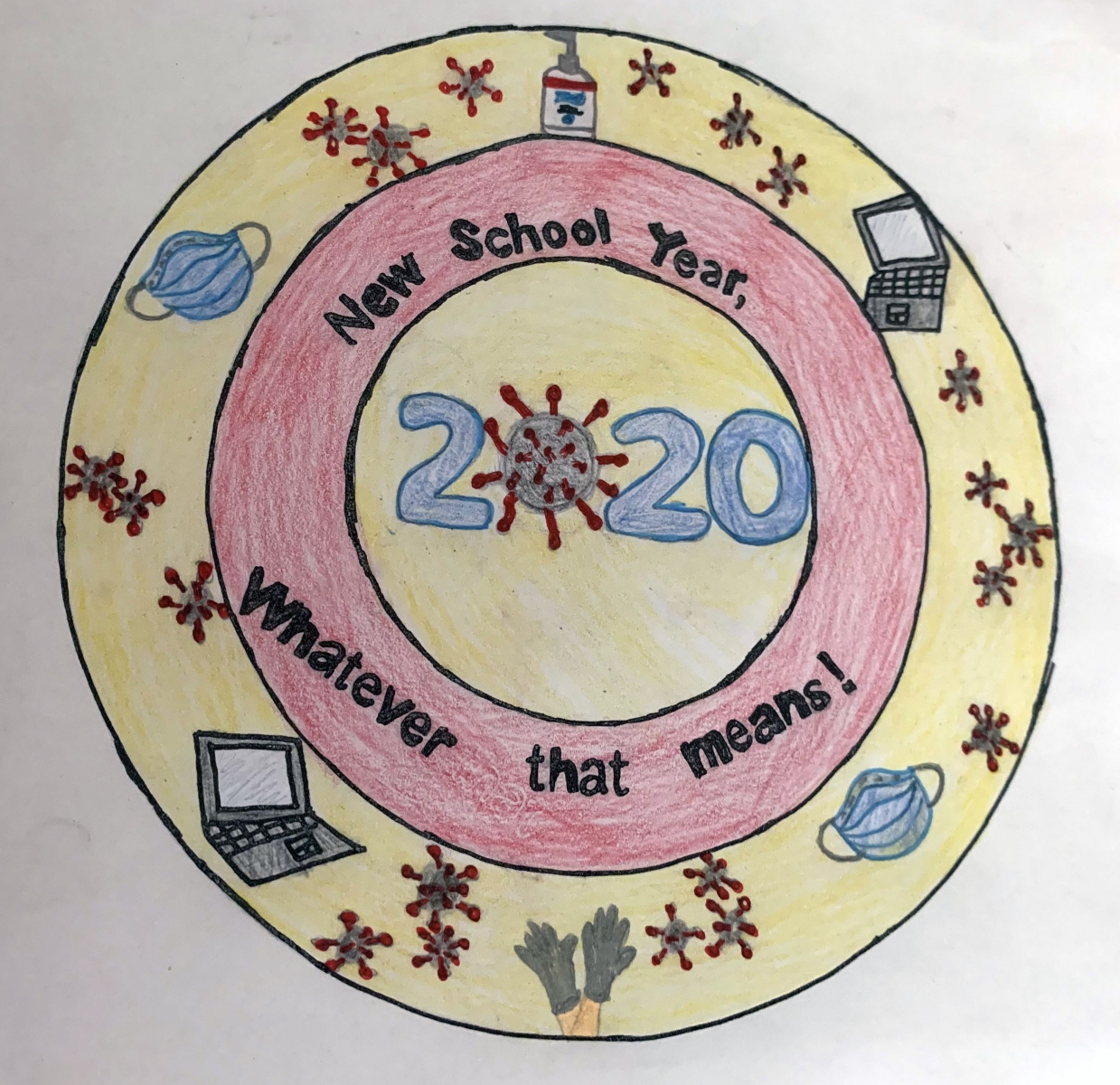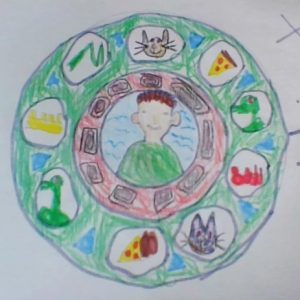I continue to be so grateful for the opportunity to help create connections all over the country through The Community Circle Project. Friday evening, on February 26, it was my honor do this as the guest artist at “Paint Night: Your Family is a Work of Art.”
The virtual night of family art making was made possible by the generous support of a grant from the Foundation for West Hartford Public Schools and the Office of Equity Advancement.
There are so many challenges in the world but, luckily, there are so many good people focused on positivity and connection. That long list includes the folks who made the paint night possible and successful: Penelope Drown, a visual arts teacher at Charter Oak International Academy in West Hartford, Conn.; Pamela Murphy, visual arts supervisor for the district of West Hartford; and Timothy Kessler, secondary remote learning principal for the West Connecticut Public Schools.
Penelope first learned about The Community Circle Project from Nasco Education (where I facilitated the project during a Maker Monday event at the invitation of the wonderful Kris Bakke, customer engagement manager at Nasco Education). Penelope reached out to me to find out more, and that interaction led to my guest artist presentation during the Family Paint Night series.
It was so inspiring to work with Penelope, Pam and Tim. Their professionalism and passion for supporting families is truly impressive. I was touched to be virtually invited into the homes of nearly 30 families to engage in creativity and work on circles that highlight what family members value most.
Families are, indeed, a work of art. They are portraits of the past, the present and the dreams for the future. Families shape the world generation after generation with the choices made and the values that are passed forward. In that way, we are all a part of a global family.
During my presentation, I shared a quote by Martin Luther King Jr. that perfectly expresses this idea (imagine the world if we all lived these words):
“It really boils down to this: that all life is interrelated. We are all caught in an inescapable network of mutuality, tied into a single garment of destiny. Whatever affects one directly, affects all indirectly. We are made to live together because of the interrelated structure of reality.”







